For a middling tweenage middle-schooler, there’s little that feels more despotic than the dress code instituted by your institution: crisp white shirts, tailored navy pants, and white sneakers. Is that also my go-to uniform at twenty-five? Yes, yes, it is.
You win this round, Miss [Redacted].
Imagine, therefore, the delicious stir of scandal that ensued when, one fateful morning, someone decided to eschew the standard straight-leg of his trousers and show up instead in a pair of (*gasps*) tapered pants!
Immediately, the air was rife with rumors – how had he managed to score this perplexing piece of garment? Was this going to get him the forty minutes of detention post-recess (quelle horreur)? More importantly, would he get away with something so brazenly raunchy? How had his parents not objected?
Suffice it to say, he escaped unscathed. By the end of the week, every self-respecting adolescent in the class had had their own pairs tapered, and yours truly was left with an unflattering adulation for skinny bottoms that lasted well into adulthood.
I imagine that’s pretty much how things turned out for fashion folks when a young designer burst onto the scene in 1999 with his “Black Tie” collection for Yves Saint Laurent—the razor-sharp menswear and skinny suits a recurring theme later at Dior Homme that even drove Karl Lagerfeld down a dramatic Diet Coke-fueled diet.
Ladies and (svelte) gentlemen, it is him that we speak of today, the divine deity of twinkdom – and some would say, all that’s wrong with fashion right now – Monsieur Hedi Slimane. Because it’s about time that man finally got his own damn label.
Sometimes the Coquette, Sometimes the Sleazette
On the last day of Paris Fashion Week in October, Chanel’s in-house design studio sent models down the runway in white bouclé suits and short-shorts to the tune of Riley Keough — Elvis’s granddaughter – singing atop an old-timey birdcage.


Like Cathy Horyn writes, “You cannot make up this shit.”
The very next day, Celine announced the departure of longtime creative director Hedi Slimane after his seven-year stint and named Michael Rider his successor.
The timing couldn’t have felt more opportune – many dubbed this Slimane’s fourth (fifth?) coming – more so with his final collection for Celine, Un été français, a short film dropped seemingly out of the blue (that too an hour before Alessandro Michele’s debut at Valentino) featuring collarless tweed jackets, sequined skirtsuits and floral motifs that perhaps evoked the camellia a wee bit more than they should have.
Jolie madame as it was, the “Chanel cosplay” was still true to form, as any Slimaniac will tell you, with nods to Françoise Sagan, Françoise Hardy, and France Gall.
After all, Slimane had made a name for himself by jet-setting around his adopted hometown of Los Angeles in a Bentley (with tinted windows), photographing the grunge scene, and casting the likes of Jane Birkin, Courtney Love, and Curtis Harding on the catwalk.
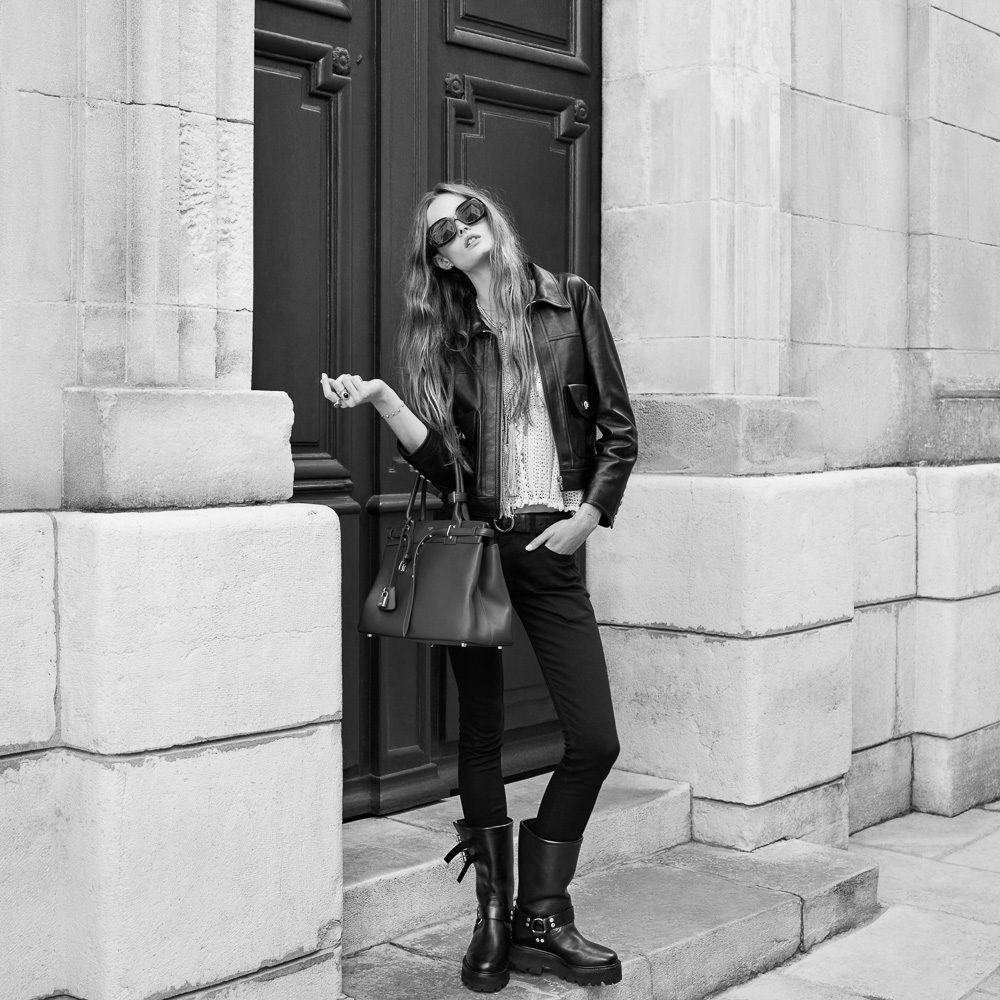
In fact, wherever he be, be it Dior, (Yves) Saint Laurent, or Celine, his collections seemed to eventually percolate into an underground hedonistic after-party for rock royalty and Chateau Marmont princesses, often accompanied by an actual after-party featuring live performances by Iggy Pop, The Strokes, and Interpol.
Were they critically acclaimed? Not always.
Did they nevertheless incite irrational desire among buyers? Absolutely.
The House(s) That Hedi Built
In a turn of events that, in hindsight, wasn’t so surprising, Slimane was not, in fact, the Wertheimers’ choice for Chanel, despite the stamp of approval from Lagerfeld himself almost two decades before. And in the weeks before Blazy’s appointment for the role, an anonymous account called Hedi Slimane Homme mysteriously appeared on Instagram referencing some of his best archival pieces, from his smash-hit YSL menswear debut to his SoCal collections for Saint Laurent sans the Yves.

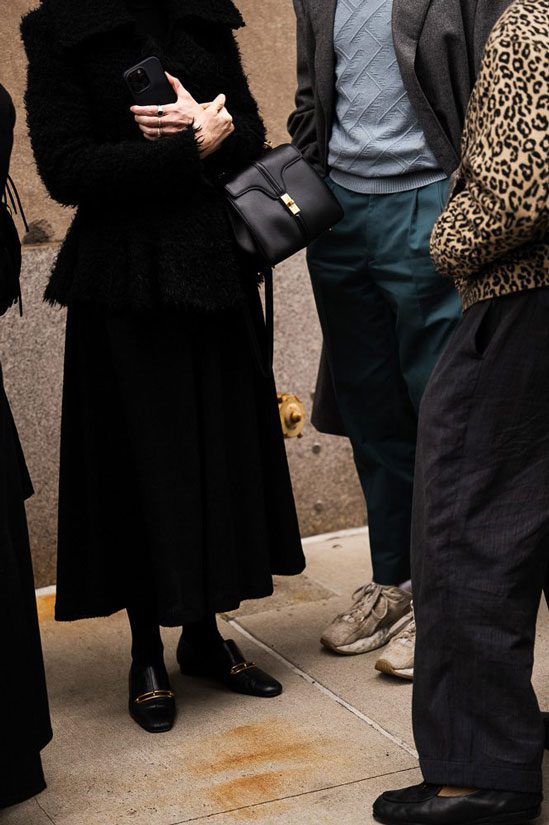
Of course, for the grapevine that loves the goss, this appeared to be confirmation that Slimane, who’d been low-key since his departure from Celine, was now entering his long-rumored solo act. But was he really?
The rumors, after all, are nothing new, and he’s been grappling with them since way back in 2016, famously tweeting a statement from his lawyer denying “recent rumors (including in WWD) of alleged encounters with investors, in Paris or Doha, where Hedi Slimane has in fact never been.” And notoriously press-shy, his mystique has sometimes led to his moniker as the “James Dean of the haute couture world.”
Yet, there is a substantial case to be made for a Hedi Slimane namesake (not to mention, Hedi Slimane Homme does have quite the ring to it).
“He took his one and only idea, which is currently still in the process of getting tired at Saint Laurent, and transposed it onto his new employer, down to the handbags. Nothing of what was there before remains,” writes Amanda of his debut at Celine Spring/Summer 2019, no doubt in reference to the axing of l’accent aigu from Phoebe Philo’s Céline (which Slimane probably just did to provoke critics). The same was said of his decision to drop Yves from Saint Laurent in 2012.
Robin Givhan agreed, stating, “In a single evening, he has blown up everything that Celine was, flushed it clean. His name might not be on the label, but in every other respect, the brand might as well be called Hedi Slimane.” He was roundly ignored.
Cathy Horyn had already been banned from his shows back in 2004.
Yet, it was equally true that his bourgeois-rock star aesthetic boosted Saint Laurent’s revenues from 400 million euros to 1 billion and later more than doubled Celine’s to the north of 2.6 billion euros! As unpopular as they may be with critics, his stuff was clearly selling like hotcakes.
Why shouldn’t they do the same at his own namesake?
No Designer is an Island
It’s also worth noting that Slimane’s seven-year stint at Celine was his longest to date, making him the fashion equivalent of a serial dater: all fling and no fidelity, even if he’s essentially doing his own thing, regardless of the house.
Yet, isn’t that the case now with Alessandro Michele’s work at Valentino that mirrors Gucci, or even Phoebe Philo, who too was known to have disregarded entirely Céline’s existing codes, stating, “It will be whatever I make it for the time I’m there,” or really, any such celebrity creative with their distinct design language?
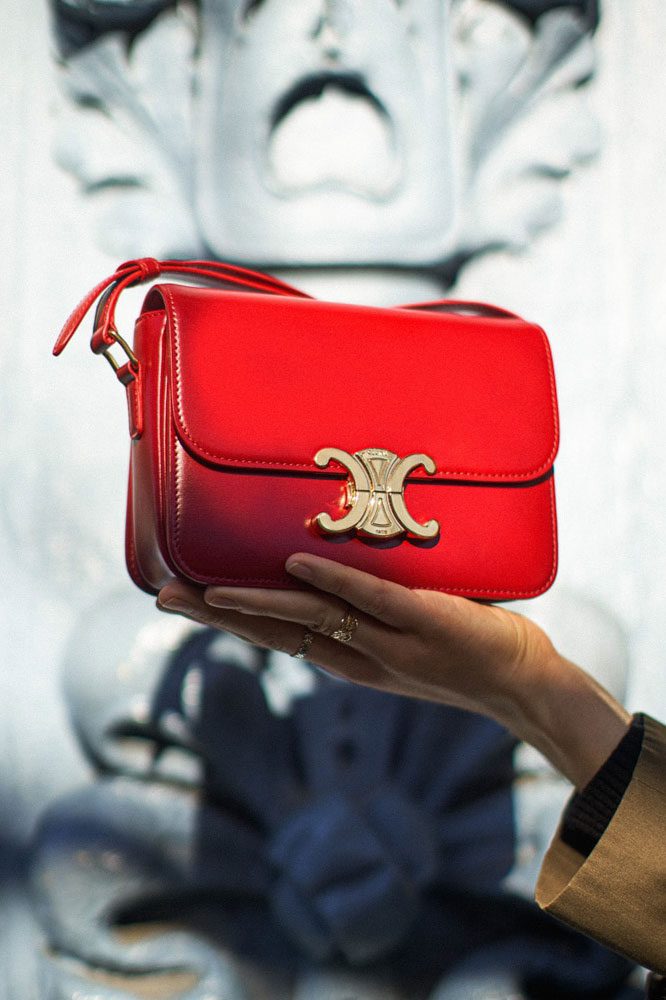
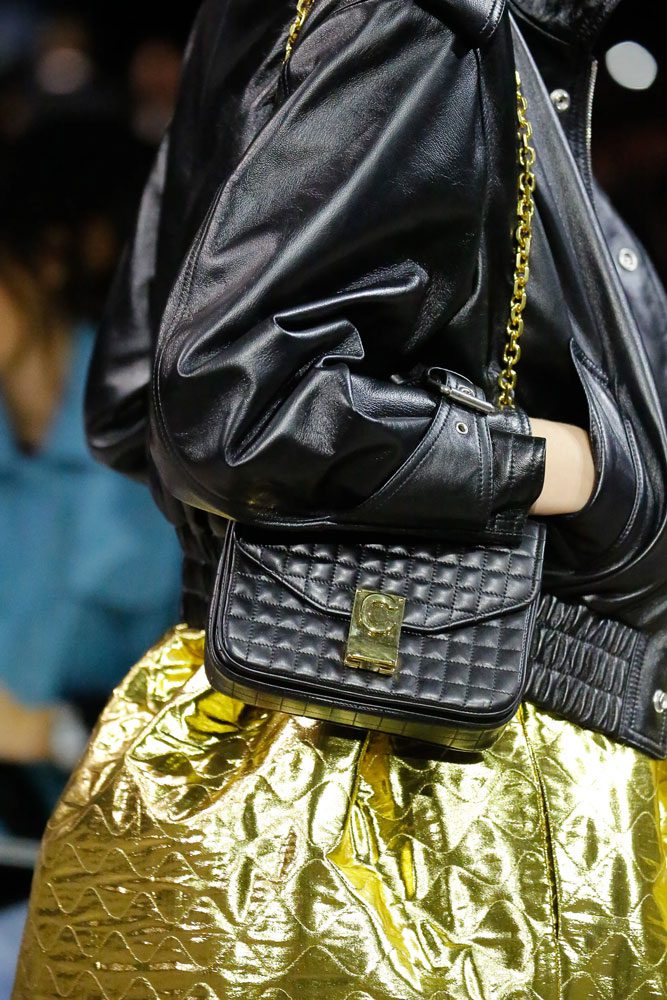
So, what makes Slimane’s Celine’s parallels with Slimane’s Saint Laurent a more significant subject to critical censure than Phoebe Philo’s Céline and Phoebe Philo the label?
Sticking to the clout and credibility of a historic heritage house can be beneficial, even if Slimane’s insistence on complete creative control over every aspect of the brand remains well-known within industry circles.
For one, we’ve been (wrongly) conditioned to think that a brand lineup in its entirety derives from a single creative decision on the designer’s part. In reality, there are countless nameless, faceless individuals behind the scenes researching, designing, and conceptualizing for the creative director to place their final stamp of approval. Building such a team remains a daunting task, taking years, if not decades.
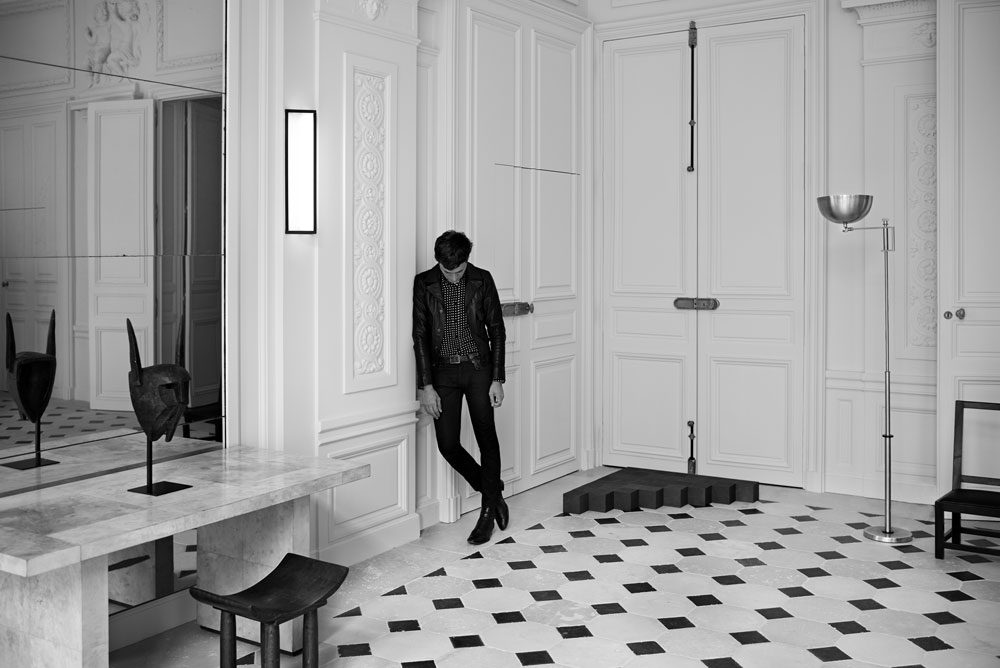
Plus, the business of fashion remains now – more than ever – incredibly risky.
If Slimane’s aspirational imagery of a “cool kids’ club” continues to sell well, there’s no reason for him to alter it, regardless of the label that bears his design. It’s perhaps why, for his Saint Laurent debut, several editors were sat in backbench seats – making them feel “like they didn’t matter.” Because they really didn’t.
At the end of the day, as Cathy Horyn writes, “The machine of the industry will produce the designers of the industry.”
Featured image via @kaiagerber

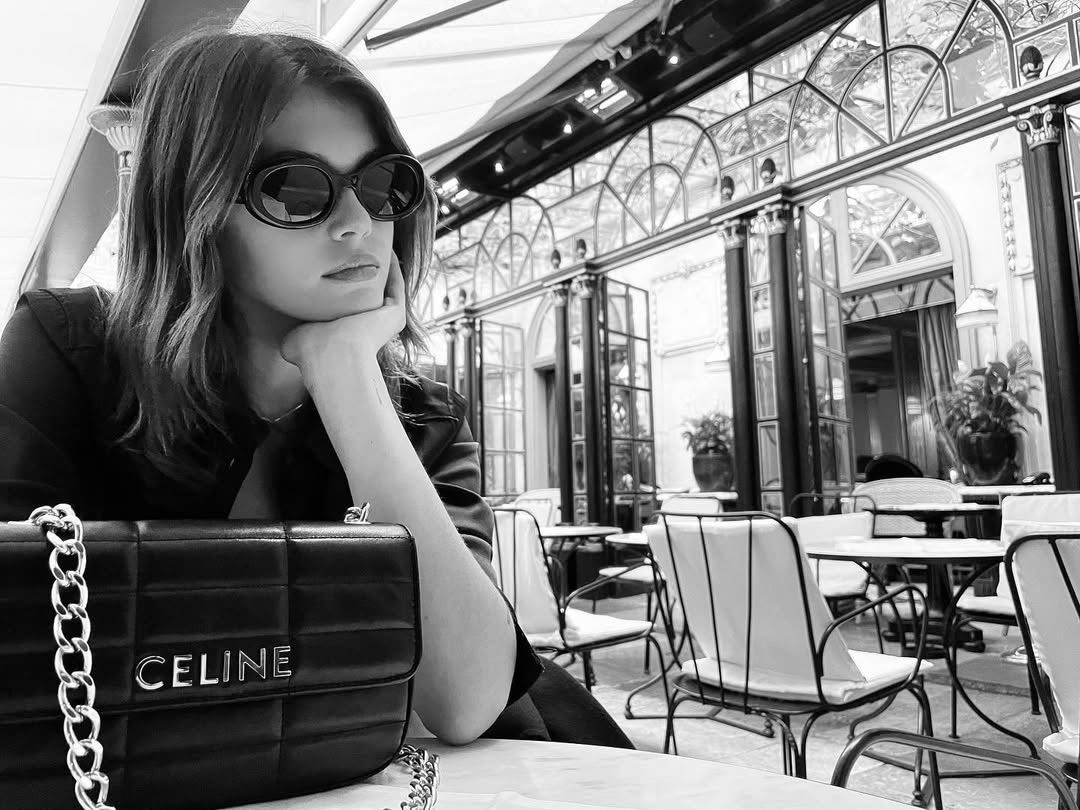
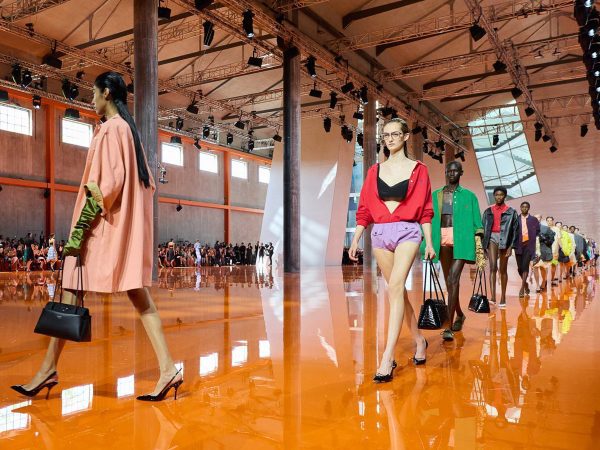











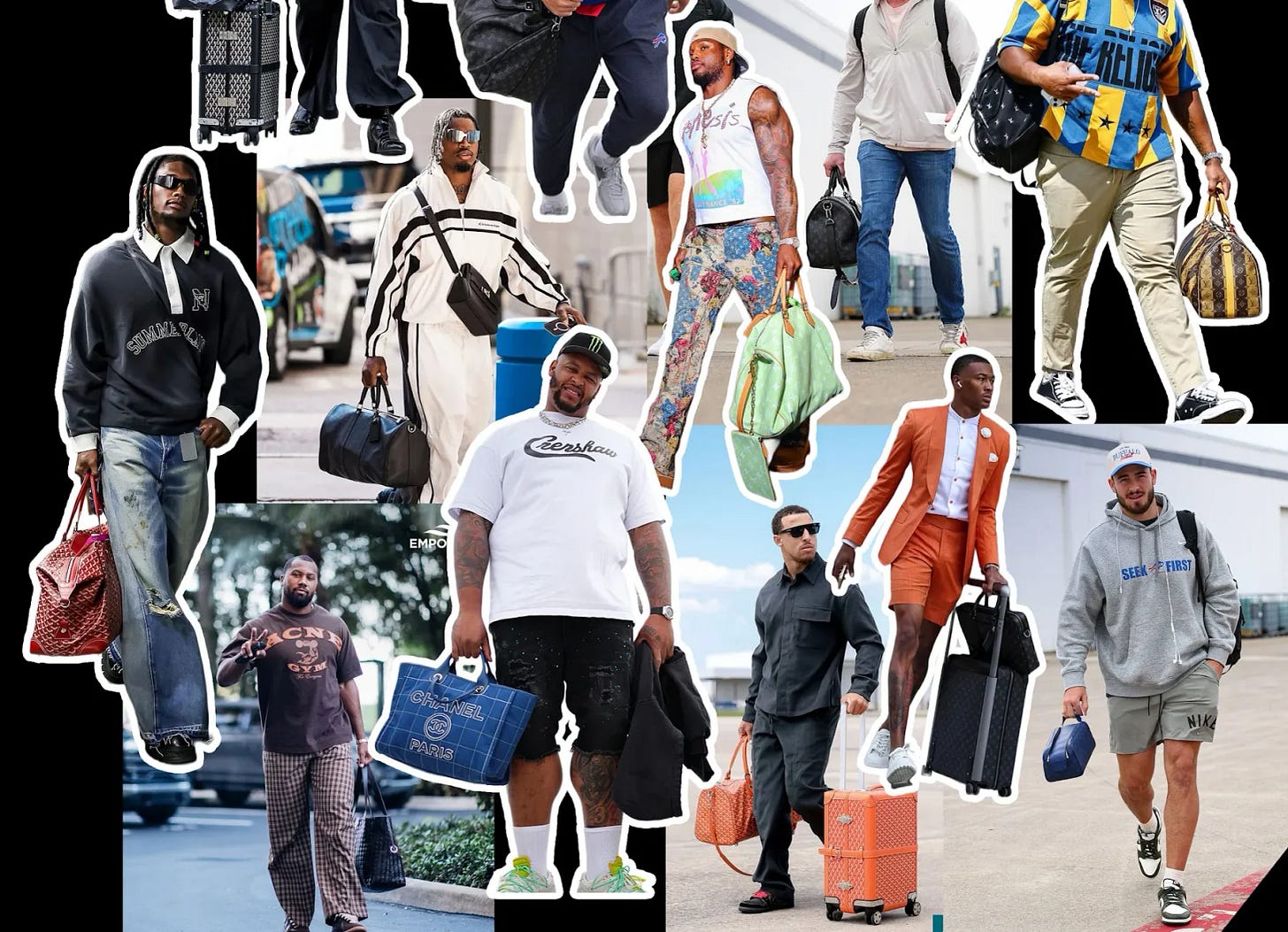
Haha, love the humor here! It’s funny how some things never change, even as we grow older. The “uniform” really does have a way of sticking with us!
I definitely think he needs his own label. The Hedi Slimane look is so iconic that it eclipses whatever house he’s designing for. The look is great, and if he stayed at Celine, maybe it would have grown into a Lagerfeld/Chanel-esque symbiosis. But at this point I would like to see him interpret himself on his own terms, not through another house.
Interpol brings back great memories!